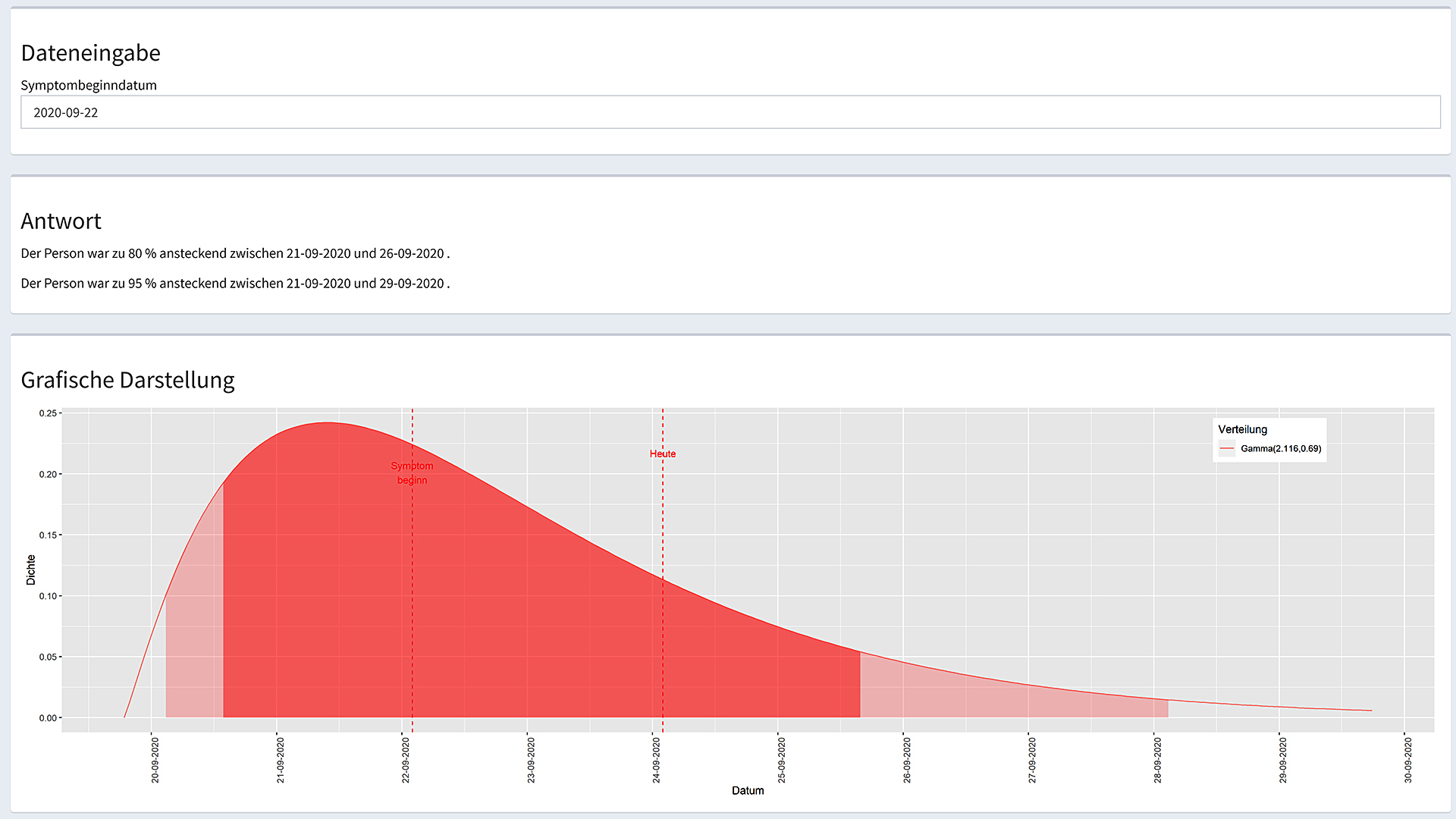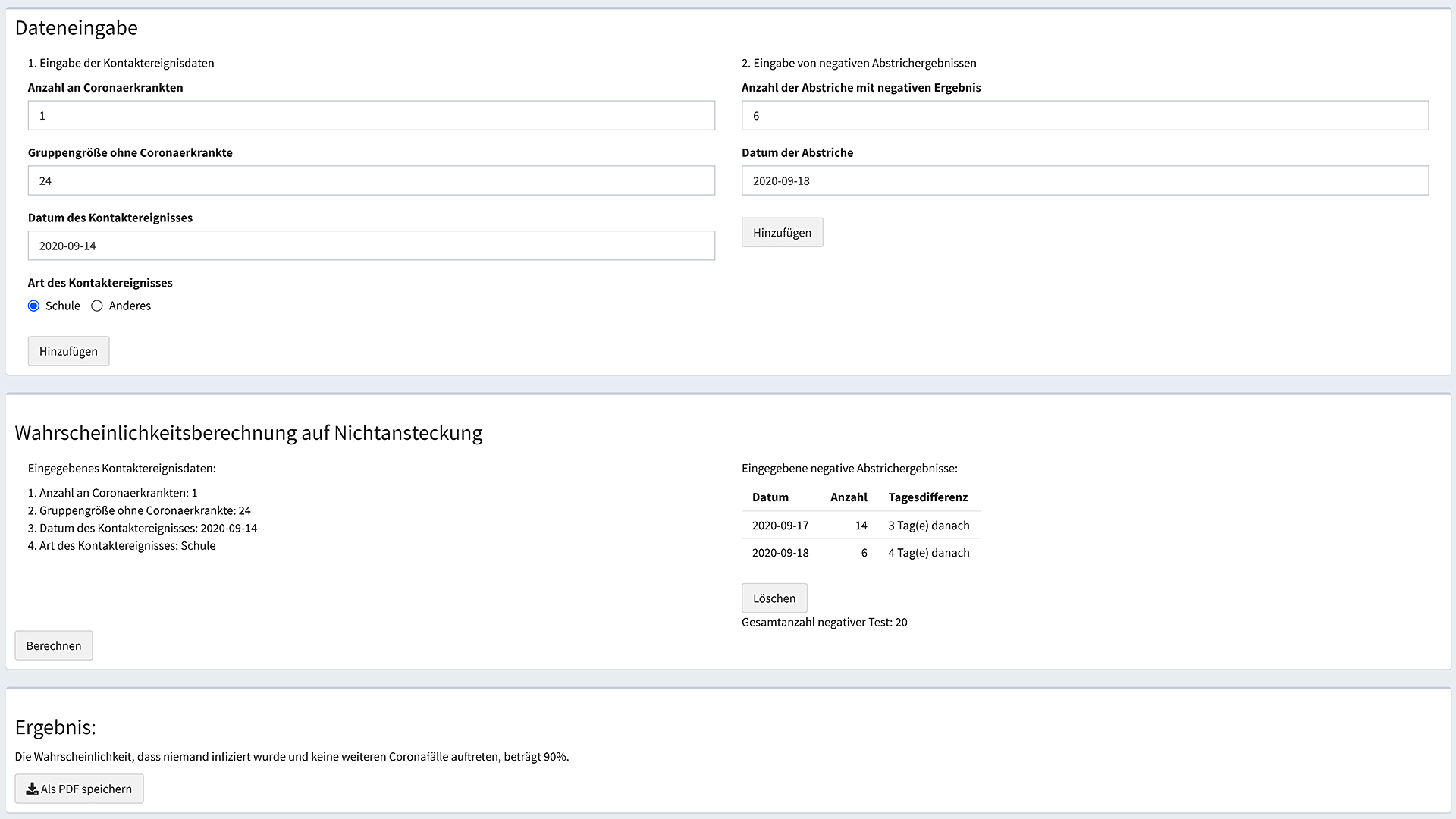The CorASiV project focuses on individual support for health authorities, taking into account specific requirements and the current stress situation.
Together against Corona
In the course of the initiative »Fraunhofer versus Corona«, the project CorASiV was created, in which the Fraunhofer institutes ITWM, IAIS, IGD, IOSB and MEVIS jointly develop support services for health authorities. Based on mathematical and statistical methods, graphical data analyses are provided, among other things, which allow the employees of the health authorities to make a more profound assessment of the situation. Fraunhofer ITWM and Fraunhofer MEVIS are involved in the development of an app for the assessment of contact situations.


